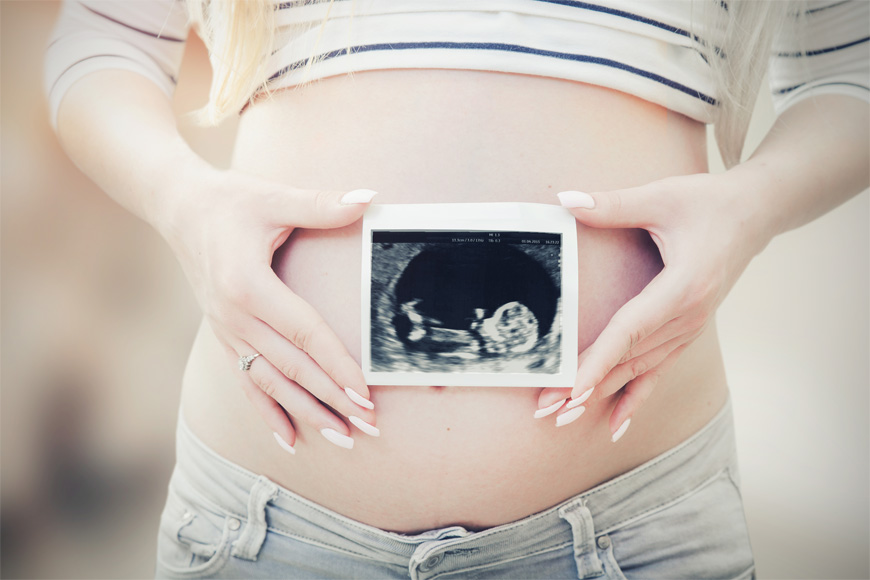The focus of this park is the archaeological features that are now avaliable for the public to see.
24 July 2013
| Last updated on 11 December 2017
The largest Bronze Age complex in the UAE, dating from the 3rd millennium BC, is located at Hili near Al Ain. Parts of it have been incorporated into Hili Archaeological Park, a landscaped garden designed to highlight the archaeological remains and make them accessible to the public. Other remains, including settlements, tombs (one of which contained the remains of well over 200 people, along-with several ceramic and soft-stone vessels, copper tools and two etched carnelian beads, originating in the Indus Valley) and an Iron Age falaj (an underground system of water channels), are largely located in a protected area outside the park.

The site known as Hili “1”, located next to the Grand Tomb inside the park, was once a high tower standing several metres above ground. Excavated in the 1960s by a team of Danish archaeologists, it was found to have a thick circular wall within which were several rooms, served by a well in the centre of the building.
Only the foundations of this building remain today, but better preserved structures built against the outside of the circular wall were also found. The remains of a similar building, known as Hili “10”, were discovered near the main entrance to the park. It was excavated in the early 1990s by the former Al Ain Department of Antiquities and Tourism, now part of the Abu Dhabi Authority for Culture and Heritage, and was also found to have a central well. Like Hili “1”, the building was made of mud brick. Its three metre wide circular wall suggests that it was once a stronghold, perhaps controlling trade routes across the region. A third building, similar in design, was discovered outside the south-western corner of the park wall by a French team. During the second half of the 3rd millennium BC (2500-2000 BC), the people of southeast Arabia lived in houses of sun-dried mud brick and buried their dead in collective graves built of stone. Examples of these structures are found at many sites in the UAE, and found to comprise six chambers. These were formed by a cross wall which divided the tomb in two; each half was then subdivided by two smaller parallel walls running perpendicular to the main cross-wall.
Most of the original stones were missing but the tomb has now been restored. The fact that the tomb was empty when excavated led archaeologists to believe that the remains originally buried here may have been transferred to the adjacent pit-grave (Tomb N), which contained many disarticulated human bones. Ongoing research on the skeletal material may help to determine whether some or all of the burials in Tomb N had been moved there from another location.
Tomb N is exceptional in that it also contained many objects, such as pottery, stone vessels and ornaments, all dating to the very end of the third millennium BC. It contained as many as eight hundred bodies, buried over a period of 100- 200 years. Males, females and children of all ages were found. Most adults had died while in their twenties or thirties, although it is clear that some were considerably older.
The park also has playgrounds, coffee shops, and picnic areas.
Timings: Sat-Thu: 4 pm - 10 pm Fri: 10 am - 10 pm
Entry Fee: Dhs 1


























.png?itok=HBSyMDok)





















































































.png?itok=0fOAXkOm)















.png?itok=EH_x0Pha)













